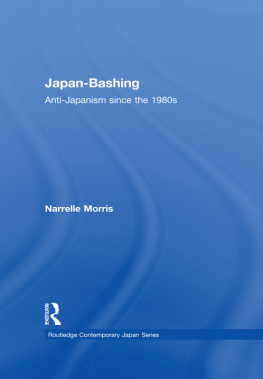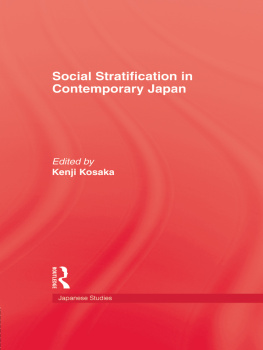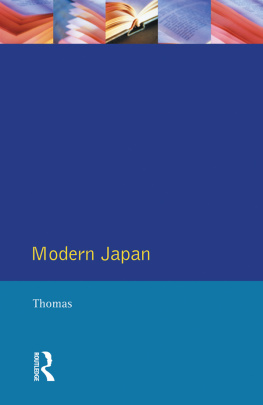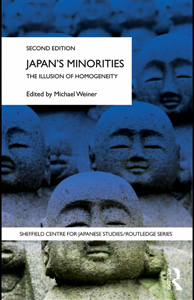Yoshikazu Shiobara - Cultural and Social Division in Contemporary Japan: Rethinking Discourses of Inclusion and Exclusion
Here you can read online Yoshikazu Shiobara - Cultural and Social Division in Contemporary Japan: Rethinking Discourses of Inclusion and Exclusion full text of the book (entire story) in english for free. Download pdf and epub, get meaning, cover and reviews about this ebook. year: 2019, publisher: Routledge, genre: Politics. Description of the work, (preface) as well as reviews are available. Best literature library LitArk.com created for fans of good reading and offers a wide selection of genres:
Romance novel
Science fiction
Adventure
Detective
Science
History
Home and family
Prose
Art
Politics
Computer
Non-fiction
Religion
Business
Children
Humor
Choose a favorite category and find really read worthwhile books. Enjoy immersion in the world of imagination, feel the emotions of the characters or learn something new for yourself, make an fascinating discovery.

- Book:Cultural and Social Division in Contemporary Japan: Rethinking Discourses of Inclusion and Exclusion
- Author:
- Publisher:Routledge
- Genre:
- Year:2019
- Rating:4 / 5
- Favourites:Add to favourites
- Your mark:
Cultural and Social Division in Contemporary Japan: Rethinking Discourses of Inclusion and Exclusion: summary, description and annotation
We offer to read an annotation, description, summary or preface (depends on what the author of the book "Cultural and Social Division in Contemporary Japan: Rethinking Discourses of Inclusion and Exclusion" wrote himself). If you haven't found the necessary information about the book — write in the comments, we will try to find it.
The recent manifestation of exclusionism in Japan has emerged at a time of intensified neoliberal economic policies, increased cross-border migration brought on by globalization, the elevated threat of global terrorism, heightened tensions between East Asian states over historical and territorial conflicts, and a backlash by Japanese conservatives over perceived historical apologism. The social and political environment for minorities in Japan has shifted drastically since the 1990s, yet many studies of Japan still tend to view Japan through the dominant discourses of ethnic homogeneity (tanitsu minzoku shakai) and middle-class society (sochuryu-shakai) which positions the exclusion of minorities as an exceptional phenomenon. While exclusionism has been recognized as a serious threat to minority groups, it has not often been considered a representative issue for the whole of Japanese society. This tendency will persist until the discourses of tanitsu minzoku shakai and sochuryu-shakai are systematically debunked and Japan is widely recognized as both multiethnic and socio-economically stratified.
Today, as with most advanced capitalist countries, serious social divides occasioned by the impacts of globalization and neoliberalism have destabilized Japanese society. This book explores not only how Japanese society is diversified and unequal, but also how diversity and inequality have caused people to divide into separate realities from which conflict and violence have emerged. It empirically examines the current situation while considering the historical development of exclusionism from the interdisciplinary viewpoints of history, policy studies, cultural studies, sociology and cultural anthropology. In addition to analyzing the realities of division and exclusionism, the authors propose theoretical alternatives to overcome such cultural and social divides.
Yoshikazu Shiobara: author's other books
Who wrote Cultural and Social Division in Contemporary Japan: Rethinking Discourses of Inclusion and Exclusion? Find out the surname, the name of the author of the book and a list of all author's works by series.








